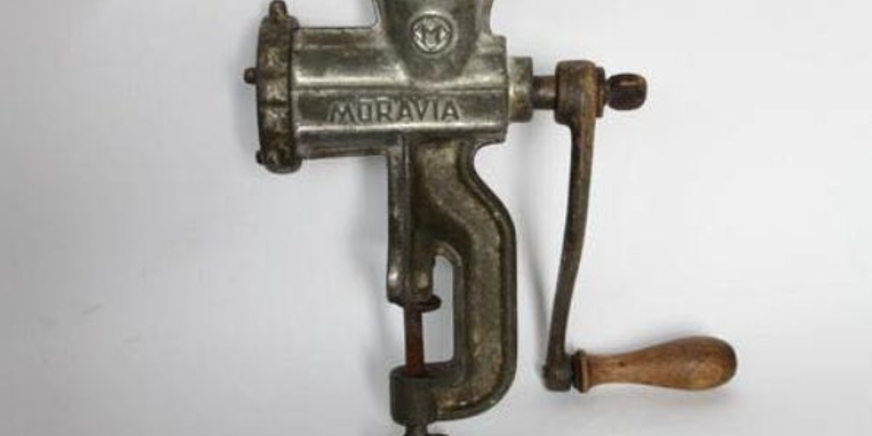The collective efforts of the online community were employed to unravel the origins of a kitchen device that has become a ubiquitous part of culinary pursuits.
The patent for a revolutionary mixer featuring rotating components was awarded to Ralph Collier, a skilled tinner from Baltimore, Maryland, in 1856. Subsequently, in 1857, E.P. Griffith secured a patent for a whisk in England, while J.F. and E.P. Monroe obtained a US patent for another hand-turned rotary egg beater in 1859.
The Dover Stamping Company played a pivotal role in the early history of egg beaters, transforming Dover egg beaters into an iconic American brand. The term “Dover beater” gained prominence by February 1929, as evidenced by a recipe in the Gazette newspaper of Cedar Rapids, IA, featuring a dessert named “Hur-Mon Bavarian Cream.”
The Monroe design also made its mark across the Atlantic, with Turner Williams of Providence, R.I., introducing a new model of the Dover egg beater in 1870. Adding to the legacy, Willis Johnson of Cincinnati, Ohio, implemented further improvements to the egg beater in 1884.
The advent of the electric motor marked a significant milestone, credited to American inventor Rufus Eastman in 1885. The Hobart Manufacturing Company, an early producer of large commercial mixers, introduced a groundbreaking model in 1914.
Among the earliest electric mixers in the United States were the Hobart KitchenAid and Sunbeam Mixmaster (first produced in 1910). The adoption of electric mixers in domestic kitchens was relatively uncommon before the 1920s, when they gained widespread use among households.
In 1908, Herbert Johnston, an engineer at the Hobart Manufacturing Company, pioneered the electric standing mixer. Observing a baker using a metal spoon to mix bread dough, Johnston conceptualized a mechanical counterpart. By 1915, his 20-gallon (80 L) mixer became standard equipment for most large bakeries. In 1919, Hobart introduced the Kitchen Aid Food Preparer (stand mixer) for home use, marking a significant milestone in the evolution of kitchen appliances.
